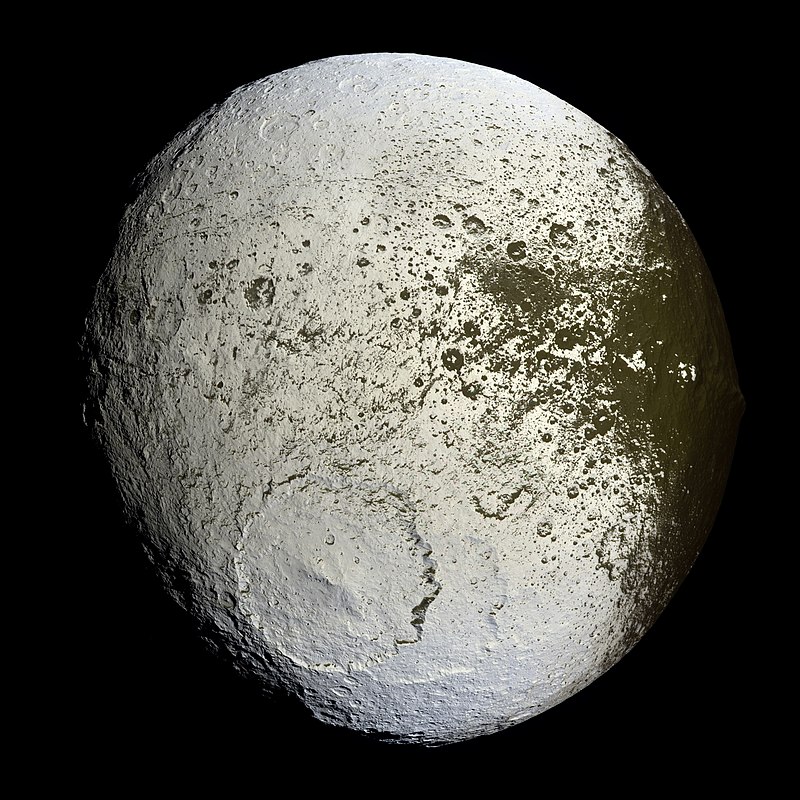The axis of Saturn is experiencing precession, which almost coincides with the rotation of Neptune, but still is not in full resonance with it. Scientists come to the conclusion that the cause of this phenomenon is the destruction of a large satellite, as a result of which the planet has its famous rings.

Axial tilt and rings of Saturn
Saturn’s equator is tilted 26.7° to the ecliptic. Its famous rings rotate in the same plane. At the same time, the axis of the planet experiences precession — it gradually changes in such a way that each of the poles makes a circle.
In the 2000s, scientists noticed that the precession period of Saturn’s axis is very close to the time of Neptune’s orbit around the Sun, and suggested that the two planets may be in some kind of strange resonance.
The Cassini spacecraft, which orbited the planet from 2004 to 2017, discovered that the largest of Saturn’s moons, Titan, is moving away from the planet much faster than expected, at a rate of 11 centimeters per year. Immediately there is an assumption that this is what keeps Saturn’s precession in resonance with Neptune.
How moons allow to achieve resonance
The problem of explaining the resonance of the precession of the Saturn and Neptune axes requires an analysis of the moment of inertia of the former. And for this it is necessary to know how the material is distributed inside the planet. In addition, it is necessary to take into account the movement of all 83 moons known to date.
Fortunately, the Cassini probe has compiled a fairly detailed map of the gravitational fields of the gas giant, which allows telling how the masses are distributed inside it. In a new study, based on these data, the moment of inertia of the entire system was modeled and realized that it is close to the values that allow resonance with Neptune to exist, but still goes beyond them.
It seems that Saturn was really in such a resonance once, but then something pushed the planet out of it. Scientists began to look for what could have happened, and at first assumed that the reason for this was some kind of interaction between known moons. They analyzed all possible options, but never found one that could sufficiently change the moment of inertia of the system.
Moon that created Saturn’s rings
The researchers decided to find out what would happen if one of the moons suddenly “drops out” of the moment of inertia equation. It turned out that in this case the influence would be sufficient to push the planet out of resonance with Neptune.
Scientists remembered that Saturn’s rings are much younger than itself, and they have a theory that would explain the whole situation. Once upon a time, the planet had another moon about the size of Lapetus, that is, about 1,500 km in diameter. The researchers called it a Chrysalis, that is, a “doll”.

It was Chrysalis, along with the rest of the moons, that maintained resonance with Neptune. But about 100 — 200 million years ago, it made a complex interaction, first with Lapetus, and then with Titan, which put it into an unstable orbit, where it began to gradually approach the planet.
In the end, tidal forces tore Chrysalis into pieces, most of which fell on Saturn, and a smaller one formed rings. It happened about 160 million years ago, when dinosaurs lived on Earth. It was this event that broke the resonance of the planet with Neptune, and since then the precession of its axis has been deviating more and more from it.
According to Рhys.org
Follow us on Twitter to get the most interesting space news in time
https://twitter.com/ust_magazine

